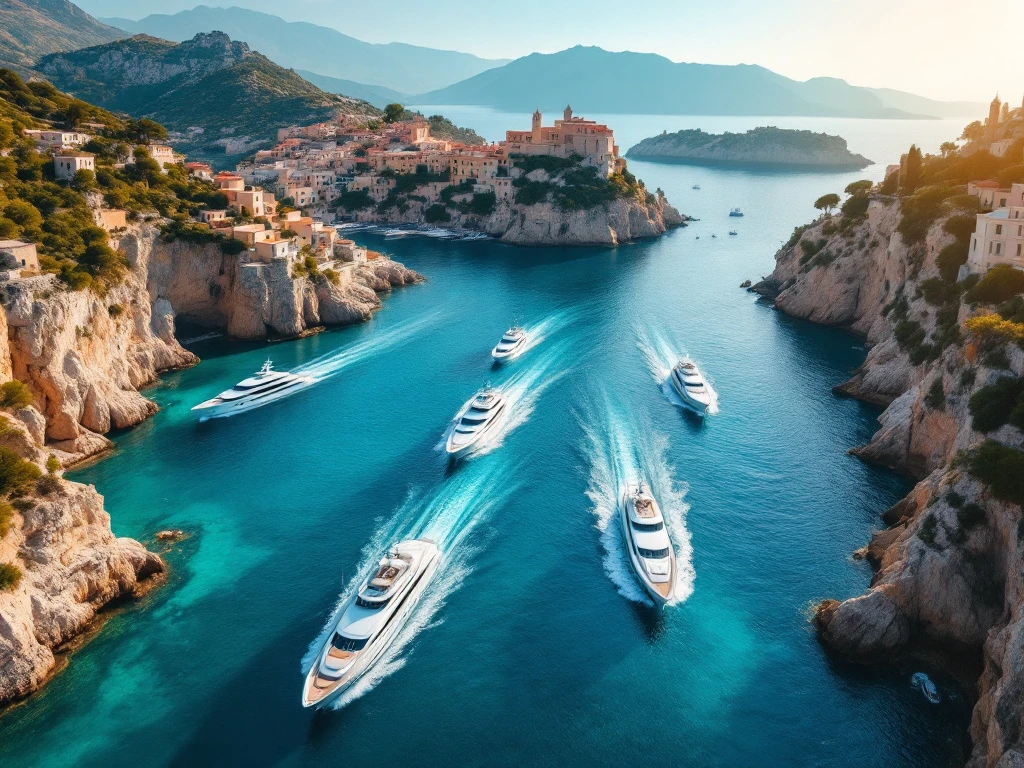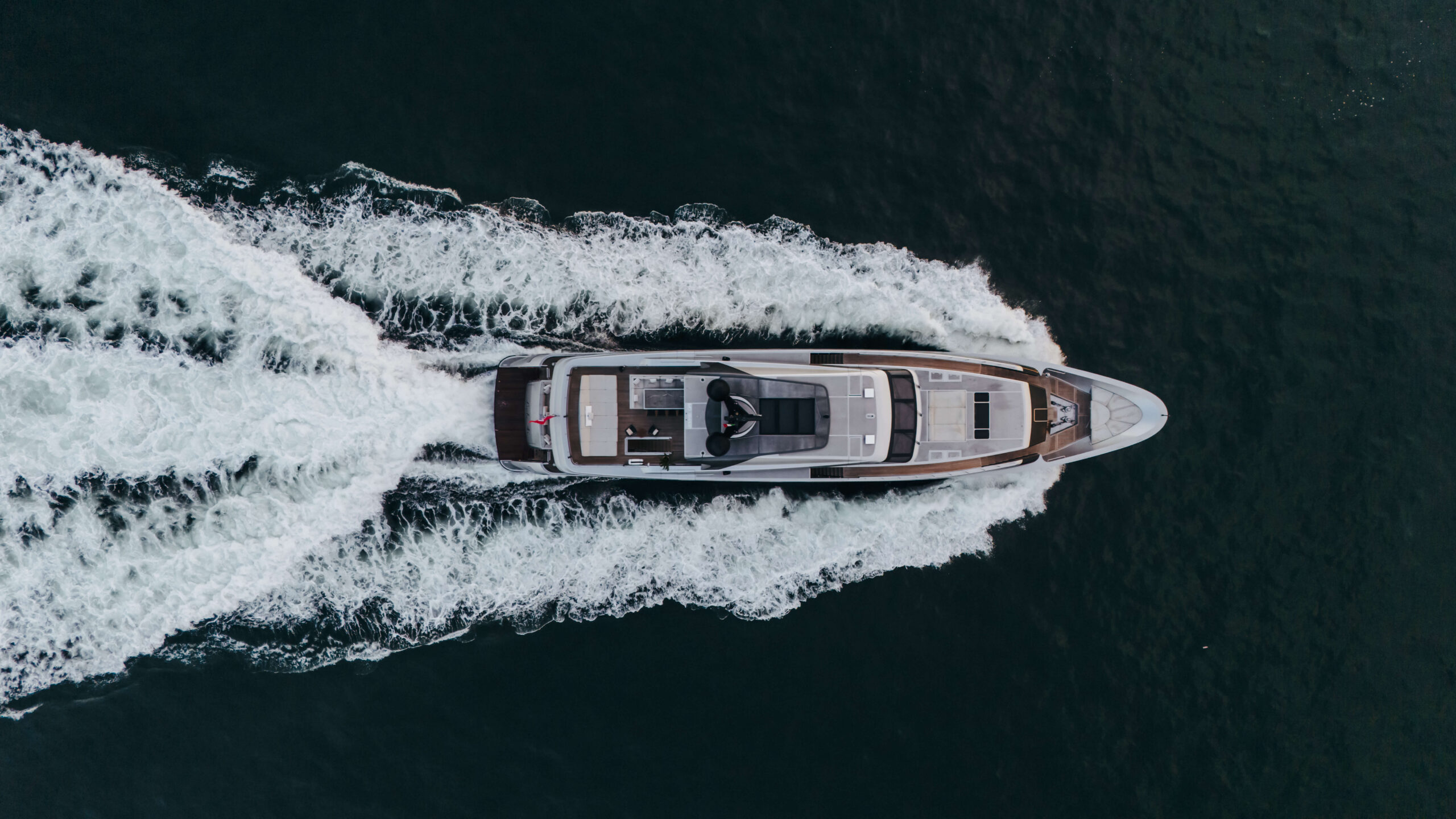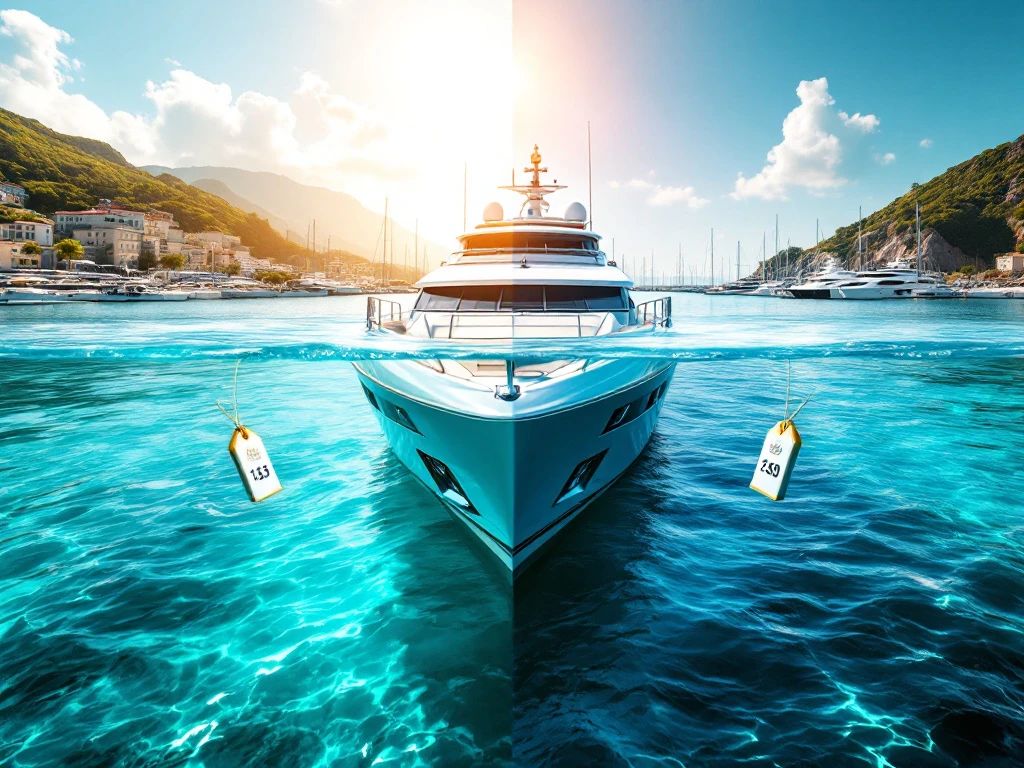30.09.2025
What are the top Mediterranean yachting routes for first-time visitors?

The top Mediterranean yachting routes for first-time visitors include the French Riviera for its calm waters and excellent infrastructure, the Greek Cyclades and Ionian islands for manageable distances and stunning scenery, and the Spanish Balearics for reliable conditions. These routes offer short sailing distances between ports, well-equipped marinas, and forgiving weather patterns perfect for newcomers to mediterranean yachting.
What makes the French Riviera the perfect starting point for Mediterranean yacht charters?
The French Riviera provides ideal conditions for beginners with calm, protected waters and short distances between world-famous ports like Cannes, Nice, Monaco, and Saint-Tropez. The region offers exceptional marina facilities with comprehensive services, making it easy for first-time charterers to handle any situation that arises.
Weather patterns along the Côte d’Azur remain relatively predictable during charter season, with gentle sea breezes and minimal wave action in most anchorages. The Mistral winds, while strong when they occur, are well-forecasted and typically last only a few days. Most marinas provide excellent shelter, allowing you to wait out any rough weather comfortably.
The infrastructure supports novice yachtsmen perfectly. Every major port has fuel, water, provisioning, and technical services within walking distance. English-speaking staff are common in marinas, restaurants, and shops. The region’s compact size means you can explore iconic destinations like the glamorous port of Monaco, the film festival atmosphere of Cannes, and the charming fishing villages of Cassis or Villefranche-sur-Mer without long passages between stops.
Which Greek island routes offer the best combination of beauty and ease for newcomers?
The Ionian Islands and southern Cyclades provide the most accessible Greek island-hopping experiences for first-time yacht charterers. The Ionians offer shorter distances between islands, reliable anchorages, and less challenging weather conditions than other Greek island groups.
In the Ionian chain, you can easily navigate between Corfu, Paxos, Lefkada, Kefalonia, and Zakynthos with typical sailing distances of 15-25 nautical miles between islands. These islands feature numerous protected bays, well-established marinas, and stunning beaches with crystal-clear waters. The prevailing winds are generally moderate, making sailing manageable for beginners.
The southern Cyclades route connecting Milos, Folegandros, Santorini, and Ios offers spectacular volcanic landscapes and traditional Greek island culture. While slightly more challenging than the Ionians due to stronger Meltemi winds in summer, these islands provide excellent anchorages and shorter passages. The dramatic sunsets of Santorini, the unspoiled beaches of Milos, and the authentic charm of Folegandros create unforgettable experiences without overwhelming novice sailors.
How do you plan the perfect week-long Mediterranean yacht itinerary?
A successful seven-day mediterranean yachting itinerary limits daily sailing to 20-30 nautical miles maximum, allowing ample time for exploration, swimming, and relaxation at each destination. Plan to spend at least two nights in your favourite locations rather than moving every day.
Start by selecting a base region like the French Riviera, Balearics, or Greek islands, then map a logical circular route. Day one should be a short shake-down cruise to a nearby anchorage, letting you familiarise yourself with the yacht and systems. Plan your longest sailing day for mid-week when you’re comfortable with the boat and crew routine.
Always include weather contingencies in your planning. Identify alternative anchorages for each planned stop in case winds or seas make your primary choice uncomfortable. Reserve one full day as a buffer for weather delays or when you discover a location too beautiful to leave quickly. Book marina berths in advance for at least two nights, ensuring access to supplies, restaurants, and secure mooring during your charter week.
What should first-time yacht charterers know about Mediterranean sailing seasons?
May through October offers the best Mediterranean charter conditions, with July and August being peak season for warmest weather but also highest prices and crowds. Shoulder seasons of May-June and September-October provide excellent sailing with moderate temperatures and fewer tourists.
Spring conditions (May-June) feature mild temperatures, blooming landscapes, and calm seas, though some island restaurants and attractions may have limited hours. Water temperatures remain cooler for swimming, typically 18-22°C. Summer months (July-August) deliver guaranteed sunshine, warm water perfect for swimming, and vibrant nightlife, but expect crowded anchorages and premium pricing for everything.
Autumn sailing (September-October) often provides the year’s best conditions with warm water, stable weather, and moderate crowds. Water temperatures remain comfortable at 20-24°C, while air temperatures cool to pleasant levels for daytime sailing. Winter charters are possible in southern regions but require careful weather planning and acceptance that some facilities may be closed.
How do you choose the right yacht and charter company for your Mediterranean adventure?
Select a yacht size appropriate for your group and experience level, typically 38-45 feet for first-time charterers with 4-6 people. Larger yachts become difficult to handle in tight Mediterranean harbours, while smaller boats may feel cramped during a week-long charter.
Research charter companies thoroughly by reading recent reviews, checking their fleet age and maintenance standards, and verifying their insurance coverage. Reputable companies provide comprehensive briefings, 24-hour technical support, and transparent pricing without hidden fees. Ask about their policy for weather-related itinerary changes and what backup support they offer if problems arise.
Consider whether you need a skipper or crew based on your sailing experience and comfort level. Many first-time Mediterranean charterers benefit from hiring a local skipper for the first few days, gaining valuable knowledge about local conditions, customs, and the best anchorages. When ready to explore yacht ownership or need personalised guidance for your charter selection, professional consultation can help match your specific requirements with the perfect vessel from our yacht portfolio or connect you with trusted charter partners through our expert team.
The Mediterranean offers unparalleled opportunities for first-time yacht charterers, combining manageable sailing conditions with world-class destinations and excellent infrastructure. Whether you choose the glamorous French Riviera, the cultural richness of the Greek islands, or other Mediterranean gems, proper planning and realistic expectations ensure your charter becomes the first of many memorable yachting adventures. At Lengers Yachts, we understand the excitement of discovering Mediterranean waters and stand ready to help you find the perfect vessel for your yachting dreams, whether through charter experiences or yacht ownership.
Frequently Asked Questions
What documents and certifications do I need for Mediterranean yacht chartering?
You'll need a valid sailing license recognized in your charter location (RYA Day Skipper, ASA 104, or ICC certificate), plus a VHF radio operator's license. Most charter companies also require proof of recent sailing experience and may ask for references. If hiring a bareboat charter, ensure your certification level matches the yacht size and local requirements.
How much should I budget for additional costs beyond the charter fee?
Plan for 30-50% additional costs on top of your base charter fee. This includes fuel (€200-400/week), marina fees (€50-150/night), provisioning (€100-150/person/week), tourist taxes, and optional extras like skipper hire (€150-200/day). Premium locations like Monaco or Mykonos will be at the higher end of these ranges.
What's the best way to handle provisioning for a week-long charter?
Many charter companies offer provisioning services for €50-80 per person, delivering groceries to your yacht before departure. Alternatively, shop at local supermarkets near your base marina on arrival day. Focus on non-perishables, local specialties, and plenty of water. Plan to dine ashore 2-3 evenings to experience local cuisine and reduce onboard cooking.
How do I deal with strong winds or rough weather during my charter?
Monitor weather forecasts daily using apps like Windy or PredictWind, and always have alternative anchorages planned. If strong winds are forecast, seek shelter in a marina or protected bay rather than attempting difficult passages. Most Mediterranean charter areas have excellent weather routing support, and charter companies provide 24/7 assistance for weather-related decisions.
What are the most common mistakes first-time Mediterranean charterers make?
Over-ambitious itineraries are the biggest mistake - trying to visit too many places results in constant sailing with little time to enjoy destinations. Other common errors include inadequate sun protection, not booking popular restaurants in advance, underestimating mooring costs in premium locations, and failing to check local customs and anchoring regulations.
Is it worth hiring a local skipper for my first Mediterranean charter?
Absolutely, especially for the first 2-3 days. A local skipper provides invaluable knowledge about hidden anchorages, local weather patterns, marina procedures, and cultural insights you won't find in guidebooks. Many charterers hire a skipper initially, then continue independently once comfortable with the area and yacht systems.
How far in advance should I book my Mediterranean yacht charter?
Book 6-12 months ahead for peak season (July-August) and popular events like the Cannes Film Festival or Monaco Grand Prix. Shoulder seasons (May-June, September-October) can often be booked 3-6 months in advance. Early booking secures better yacht selection, preferred dates, and sometimes early-bird discounts of 10-15%.

